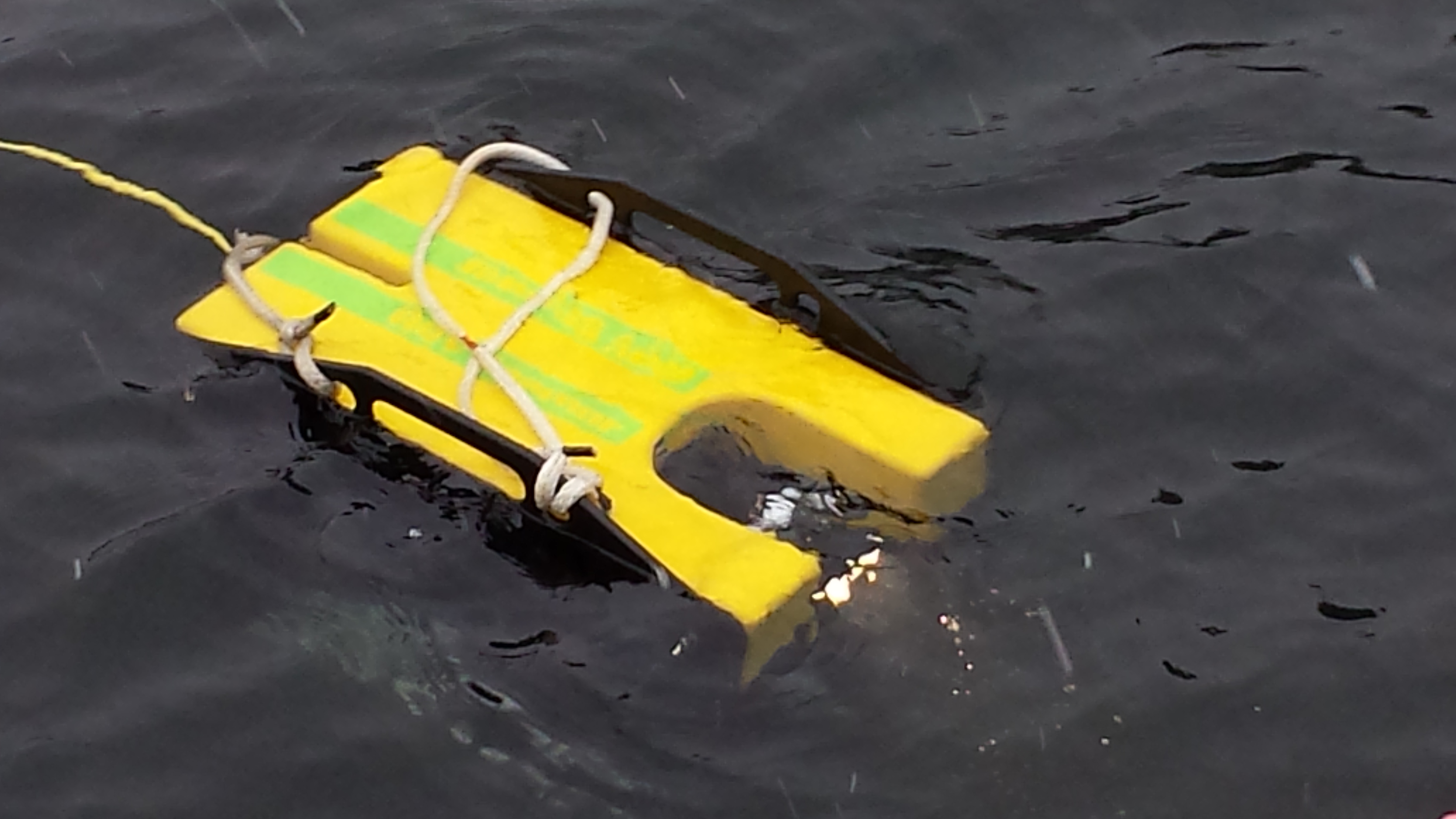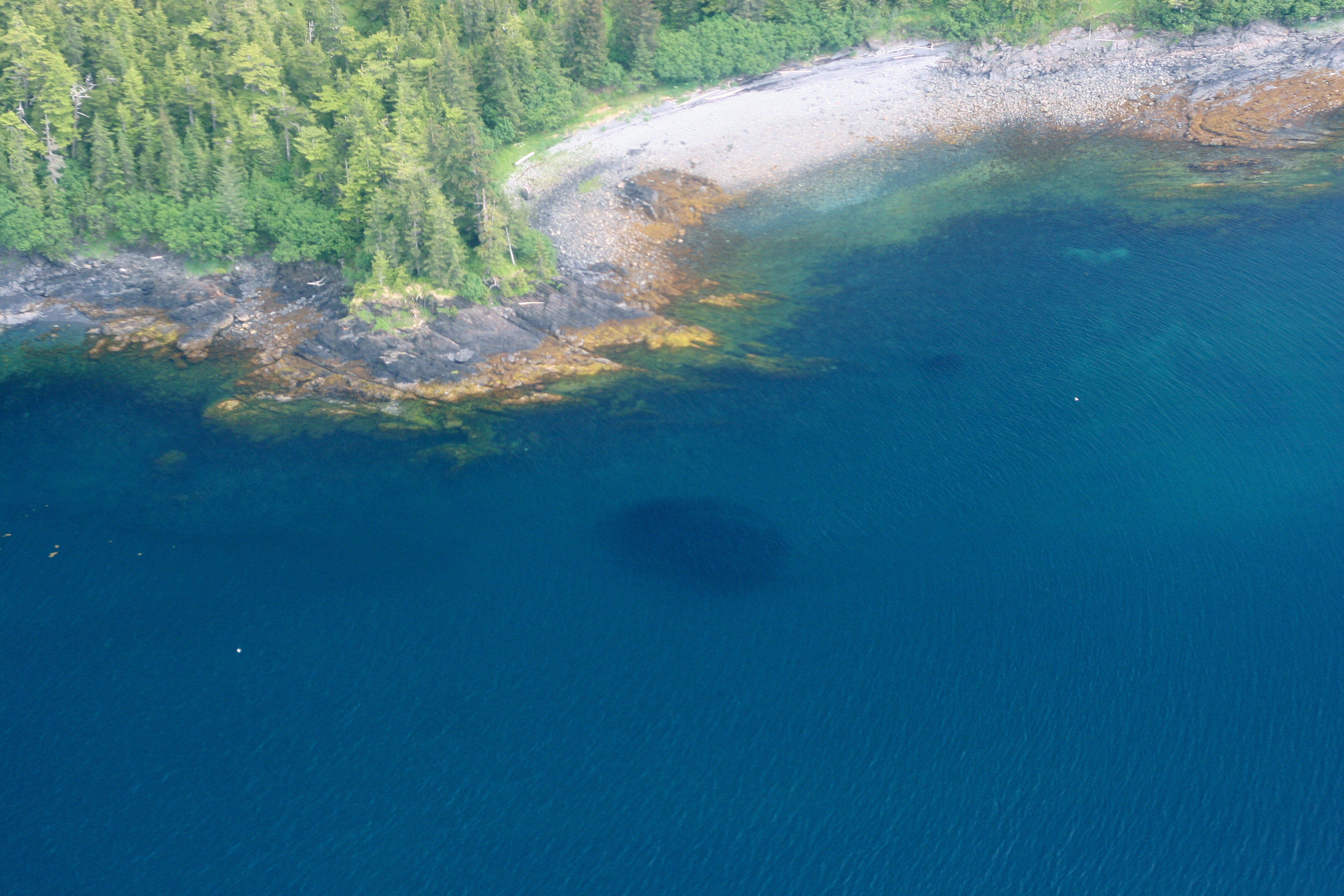Non-lethal sampling of juvenile herring

PROJECT
Non-lethal Sampling of Juvenile Herring
Background
Biological data to support modeling of Pacific Herring in Prince William Sound (abundance, density, and length) have previously been acquired mainly through the use of nets and trawls. These methods are extractive and may be detrimental to herring populations still in recovery from collapse. To limit the effects of direct sampling and offer additional context to the distribution of important prey resources, this study examined the use of hydroacoustic technology to supplement direct biological catch data.
Methods
Hydroacoustic methods, including advanced imaging sonar and camera systems, were developed from 2013 to 2014 to survey and quantify changes in the herring population in a non-invasive manner at a relatively large scale. A Didson imaging sonar was integrated onto a remotely operated vehicle (ROV) outfitted with a video camera and lights. The imaging sonar allowed us to both observe the fish beyond the range of the camera and to calculate fish measurements.
What we learned
This dataset contains measurements obtainable from this technology, including fish lengths, water depths, and number of individuals within a school The ROV was also deployed to identify fish species using visual identification from the video cameras. Additionally, the ROV was used as a tool to understand juvenile herring use of habitats that could not be surveyed using conventional methods.
PRINCIPAL INVESTIGATORS
Kevin BoswellFlorida International University
kevin.boswell@fiu.edu




